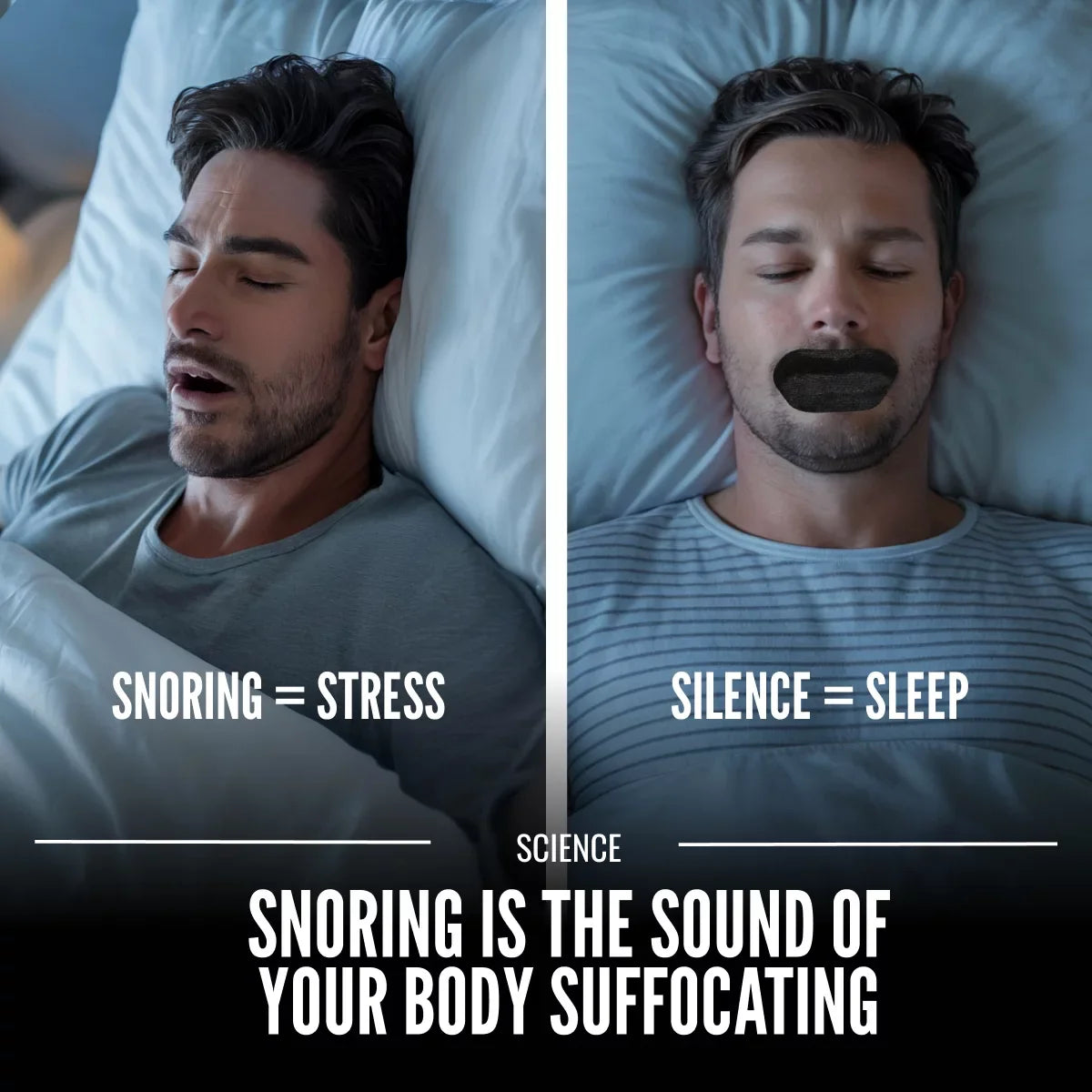Using Nasal Breathing to Reduce Anxiety Naturally
In today’s fast-paced digital world, sensory overload is nearly unavoidable, making anxiety a common experience. With constant demands on our attention, many feel tense, restless, and overwhelmed. But there's a simple, effective tool that can help reduce anxiety: your breath. Understanding the connection between breath and anxiety can empower you to make small, intentional changes that yield big mental health benefits. Here’s how nasal breathing can help you find calm.
Understanding the Breath-Anxiety Connection
When we’re anxious, our breathing often becomes rapid and shallow, centered in the chest—a “fight or flight” response signaling to the brain that something is wrong, reinforcing feelings of anxiety. This type of breathing increases oxygen intake and lowers carbon dioxide levels, which can restrict blood flow to the brain and intensify symptoms like dizziness, panic, and mental fog.
In contrast, deep nasal breathing has a calming effect. Slower, controlled breaths through the nose signal to the brain that the body is safe. Since the breathing process and the nervous system are closely linked, nasal breathing naturally activates the body’s relaxation mechanisms.
The Science of Nasal Breathing
Nasal breathing stimulates the parasympathetic nervous system, often called the "rest and digest" system. When we breathe through the nose, the air is filtered, humidified, and warmed before reaching the lungs, which supports a steady, relaxed breathing rate. Nasal breathing also releases nitric oxide, a molecule that widens blood vessels, improves circulation, and enhances oxygen delivery to the brain—preventing hyperventilation and easing anxiety-related dizziness.
Top Benefits of Nasal Breathing for Anxiety Relief
-
Calming the Nervous System
Nasal breathing promotes a smooth, steady breath pattern that reduces the stress response, slows a racing heart, and lowers cortisol levels, the "stress hormone." -
Improving Mindfulness
Focusing on nasal breathing requires attention and awareness, helping you anchor to the present moment. This mindful practice disrupts anxious thoughts and fosters a sense of calm. -
Reducing Physical Symptoms of Anxiety
Breathing through the nose can prevent hyperventilation, reduce muscle tension, and lower blood pressure—calming the body, which in turn calms the mind. -
Supporting Better Sleep
Nasal breathing promotes better sleep, essential for managing anxiety. Poor sleep can worsen anxiety, while nasal breathing can help set the stage for restorative rest.
Simple Nasal Breathing Exercises for Anxiety Relief
4-7-8 Breathing
Inhale through your nose for 4 counts, hold for 7 counts, and exhale through the nose for 8 counts. This calming exercise is especially helpful for managing pre-bedtime anxiety.
Box Breathing
Inhale through your nose for 4 counts, hold for 4, exhale for 4, and hold for another 4 counts. This rhythmic approach grounds you and brings you into a relaxed state.
Alternate Nostril Breathing
Close your right nostril with your thumb, inhale through the left nostril, then close the left nostril with your ring finger and release your thumb to exhale through the right nostril. This practice promotes balance and relaxation.
Incorporating Nasal Breathing into Daily Life
Make nasal breathing a habit, especially during stressful moments. Keeping your mouth closed and focusing on smooth, deep breaths can have lasting effects on your mood and mental state. In moments of tension, breathing in through your nose can provide a natural reset, helping to regulate your body’s stress response.
Take a deep breath… Nasal breathing is a powerful tool for managing anxiety, with unique benefits. By embracing nasal breathing techniques, you equip yourself with a simple, effective method to ease anxiety and cultivate calm, all by anchoring yourself in the present moment.






Share:
Maximize Muscle Growth While You Sleep: How Mouth Taping Supercharges Recovery
Don’t Let Mouth Breathing Hold Your Oral Hygiene Hostage: How Mouth Taping Saves Your Smile